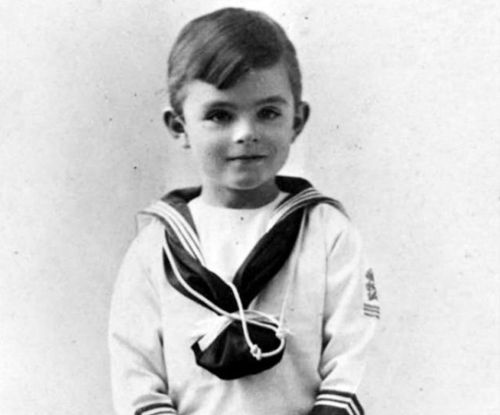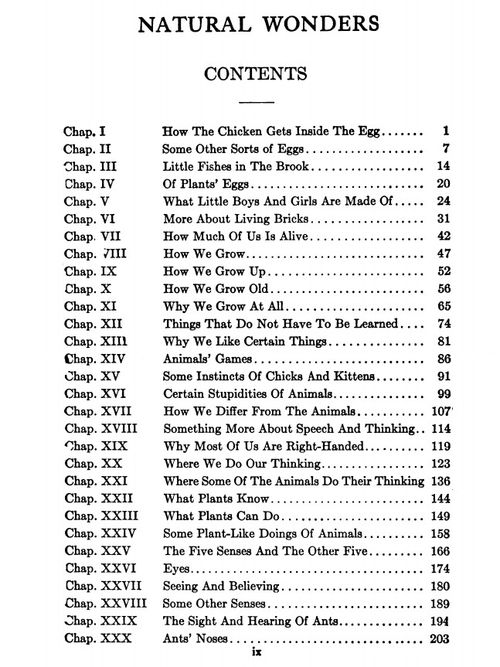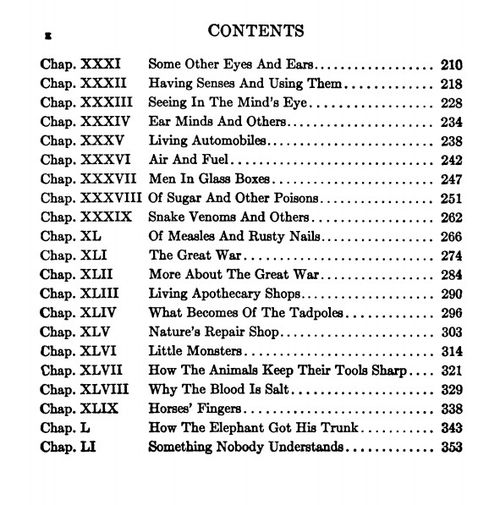JF Ptak Science Books Quick Post
 The most influential book in the young life of Alan Turing is said to be What Every Child Should Know Library--it is a six volume work1, and it seems as though the volume of interest was Natural Wonders Edwin Tenney Brewster2 printed in 1912 (and 1927, 1928, and 1939). David Newton3 believes that Turing's fascination with the book was in part due to a statement by Brewster discussing the machine aspects of the human body. Andrew Hodges in his own biography of Turing (Alan Turing, the Enigma) wrote elegantly that the joy in the book was Turing finding that "such a knowledge of 'science' could exist", which is a great and arching statement and also as broad as it was concise, and poetic.
The most influential book in the young life of Alan Turing is said to be What Every Child Should Know Library--it is a six volume work1, and it seems as though the volume of interest was Natural Wonders Edwin Tenney Brewster2 printed in 1912 (and 1927, 1928, and 1939). David Newton3 believes that Turing's fascination with the book was in part due to a statement by Brewster discussing the machine aspects of the human body. Andrew Hodges in his own biography of Turing (Alan Turing, the Enigma) wrote elegantly that the joy in the book was Turing finding that "such a knowledge of 'science' could exist", which is a great and arching statement and also as broad as it was concise, and poetic.
[Turing image via ComputerWorldUK.]
I'm going to side with poetry on this one. And I do so because of the extraordinary structure of the book and its lovely chapter headings, the table of contents as elegant as a poem itself. They are an invitation to wonder, these thoughtfully prodding and engaging statements, and I can easily see how a creative child could react very positively to them.
[Full text available via UC Davis, here.]
Notes
1. What Every Child Should Know Library: 6 Volume Set (the Second Series): Christmas Stories (1913) & Patriotic Stories (1917) & Kipling Stories (1939) & Etiquette (1939) & Natural Wonders (1939) & Tales of Laughter (1939).
2. David E. Newton in his Alan Turing, a Study in Light and Shadow identifies the volume on page 22.
3. _____. page 20.




Comments